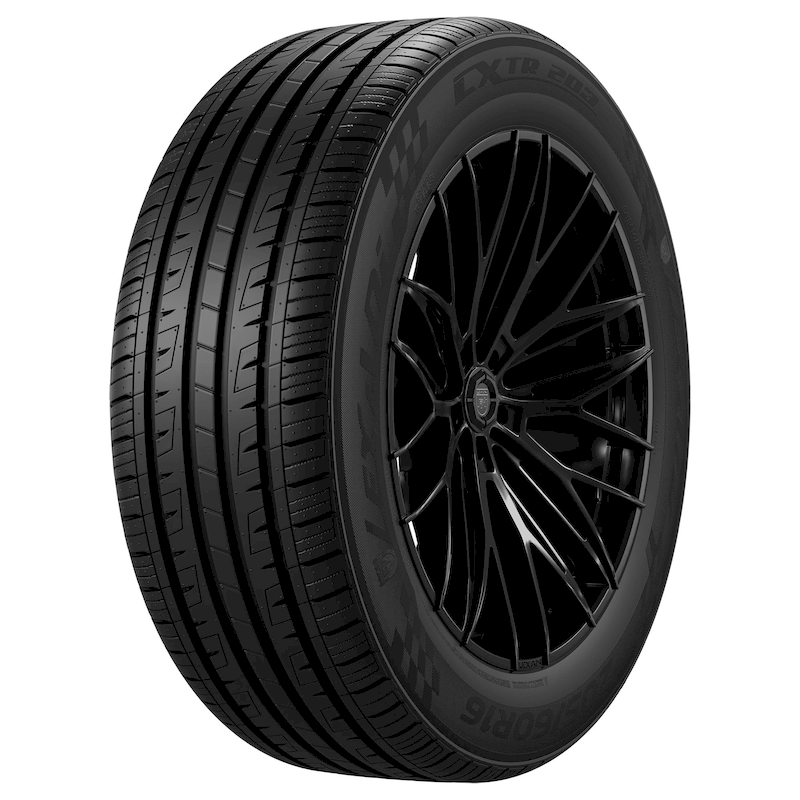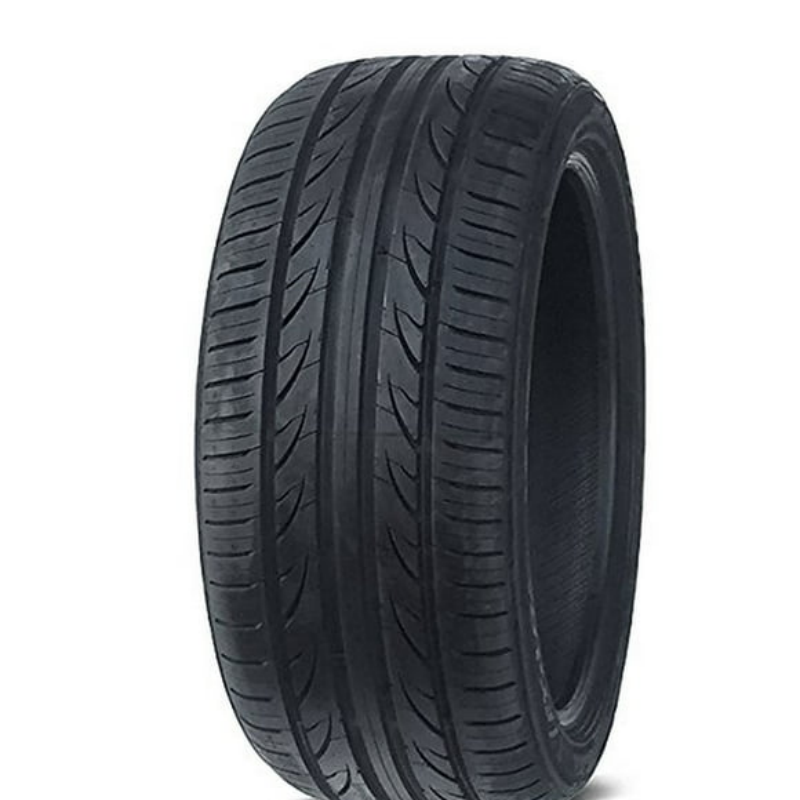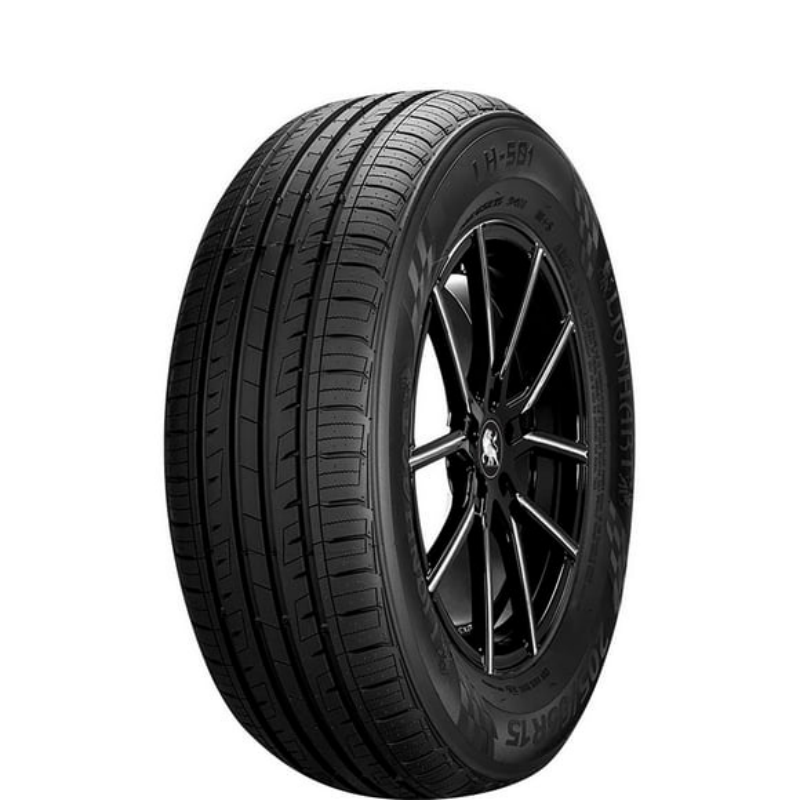When it comes to vehicle maintenance, one of the most crucial components to pay attention to is your tires. They serve as the only contact point between your vehicle and the road, significantly impacting safety, performance, and overall driving experience. A common question many car owners ask is, “how long should tires last miles-wise?” Understanding tire lifespan is essential not only for ensuring optimal vehicle performance but also for guaranteeing safety on the road. The answer is not straightforward, as tire longevity can depend on various factors, including tire type, driving habits, road conditions, and maintenance practices.
Typically, tires have a lifespan measured in miles, which manufacturers often recommend based on ideal conditions. However, real-world factors can significantly affect how long tires actually last. In this comprehensive guide, we will explore the key elements that determine tire longevity, including manufacturer specifications, signs of wear, customary maintenance practices, and how various factors can influence the number of miles your tires can provide. By the end of this article, you will have a thorough understanding of how long tires should last and the practices you can implement to maximize their lifespan.
The Importance of Tire Longevity
Understanding tire longevity is crucial for any vehicle owner, given the significant impact on safety, performance, and financial considerations.
Safety Implications of Worn Tires
One of the most critical reasons to monitor tire lifespan is safety:
- Reduced Traction: As tires degrade, their tread depth diminishes, leading to reduced traction. This can make your vehicle more difficult to control, especially in adverse weather conditions like rain or snow.
- Increased Risk of Blowouts: Worn tires are more susceptible to punctures and blowouts, which can lead to accidents. Maintaining adequate tire lifespan plays a significant role in ensuring your safety on the road.
Performance Factors
The performance of your vehicle is also directly correlated to how long your tires last:
- Fuel Efficiency: Tires that have worn treads can create increased rolling resistance, having a negative effect on your vehicle’s fuel economy. Keeping tires in good condition can lead to better gas mileage.
- Handling and Comfort: Properly maintained tires offer improved handling, making it easier to steer and manage the vehicle. Worn tires can lead to diminished ride quality, impacting overall driver comfort.
Financial Considerations
Monitoring tire longevity can also have financial implications:
- Cost of Replacement: Regularly replacing tires due to early wear can lead to significant expenses. Understanding when and how long your tires should last can help you plan better for tire replacements.
- Impact on Other Vehicle Components: Worn tires can cause uneven wear on suspension and braking systems, leading to further repair costs. Maintaining tire health helps protect your overall vehicle investment.
Factors Affecting Tire Lifespan
Tire lifespan is influenced by several factors that can either extend or shorten how long tires last miles-wise.
Tire Type and Quality
The type and quality of tires you choose can determine their durability:
- Tire Composition: Tires are made from various rubber compounds that can affect lifespan. High-performance tires may offer less durability but improved performance, while all-season tires balance durability and performance.
- Tread Design: Different tread patterns serve specific functions. Tires with more aggressive tread designs, often found in off-road tires, may wear more quickly on paved roads compared to touring tires designed for longevity.

Driving Habits
Your driving habits can significantly impact how long your tires last:
- Aggressive Driving: Frequent hard acceleration, braking, and sharp turns put additional stress on tires. Gentle driving can extend tire life significantly.
- Road Conditions: If you frequently drive on rough, unpaved, or poorly maintained roads, your tires may wear out faster compared to driving on smooth surfaces.
Vehicle Alignment and Maintenance
Regular maintenance and proper vehicle setup play important roles in tire longevity:
- Proper Alignment: Misalignment can cause uneven tire wear, leading to premature replacement. Regularly checking and adjusting alignment can significantly prolong tire lifespan.
- Rotation and Balancing: Regularly rotating your tires helps ensure even wear. Balancing tires keeps them moving smoothly, preventing vibrations that can contribute to wear.
Environmental Conditions
The environment plays a crucial role in tire wear:
- Temperature Fluctuations: Extreme temperatures can affect tire materials. Hot weather can soften tires, while cold weather can harden them, leading to more rapid wear.
- Exposure to Sunlight: UV rays can degrade rubber over time. Parking in shaded areas or using protective sprays can help preserve tire condition.
Monitoring Tire Condition: Signs It’s Time for Replacement
Keeping an eye on tire condition is essential for ensuring safety and performance. Here are key signs indicating it may be time for a replacement:
Tread Depth
The tread depth is a critical indicator of tire condition:
- Tread Wear Indicators: Many tires have built-in wear indicators. When the tread wears down to the level of these indicators, it’s time to consider replacement.
- The Penny Test: For a quick check, insert a penny into the tread. If you can see the top of Lincoln’s head, your tires likely need replacing, indicating insufficient tread depth.
Cracking and Bulging
Physical damage to the tire can also signal the need for replacement:
- Sidewall Cracks: Cracks on the tire’s sidewall may indicate aging or damage, compromising its integrity. These should be inspected regularly, as they can lead to blowouts.
- Bulges and Blisters: Any bulges or blisters on the tire should not be ignored. These are signs of internal damage and potential failure, suggesting immediate replacement is necessary.
Vibration and Noise
Abnormal vibrations or sounds may indicate underlying issues:
- Unusual Vibrations: If you feel vibrations or wobbling while driving, this could indicate uneven wear, alignment issues, or other tire problems requiring attention.
- Excessive Noise: Loud noises while driving may point to tire damage or misalignment. Regular maintenance checks can help identify and address these issues.
How Long Should Tires Last Miles-Wise?
Now that we understand the factors affecting tire longevity, let’s explore how long tires generally last under normal conditions.
Typical Lifespan of Different Tire Types
While the average lifespan can vary, here are some general guidelines based on common tire types:
- All-Season Tires: Typically, all-season tires can last between 40,000 to 70,000 miles, depending on usage and maintenance.
- Performance Tires: These tires are designed for enhanced handling and grip, but their lifespan is generally shorter, often lasting around 20,000 to 40,000 miles.
- Touring Tires: Touring tires, designed for comfort and stability, can also last about 50,000 to 80,000 miles, ideal for long-distance driving.
- Off-Road Tires: Depending on usage, off-road tires usually last between 30,000 to 60,000 miles, but wear more rapidly if frequently driven on paved roads.
Driving Conditions and Their Impact
As previously mentioned, driving conditions play a crucial role in determining how long tires last miles-wise:
- City Driving vs. Highway Driving: City driving usually involves more stop-and-go traffic, often leading to quicker wear. Conversely, highway driving tends to be easier on tires, allowing them to last longer.
- Harsh Weather Conditions: Extreme weather conditions can accelerate wear. Hot climates can result in faster degradation, while cold weather can lead to cracking if not monitored.
Tips for Extending Tire Life
While understanding how long tires should last is important, taking proactive steps can help extend their lifespan:
Regular Maintenance Practices
Establishing a routine maintenance schedule is essential:
- Routine Inspections: Regularly inspect your tires for signs of wear and damage. Address any issues immediately to prevent further damage.
- Tire Rotations: Every 5,000 to 7,500 miles, consider rotating your tires to promote even wear. Follow your vehicle’s specifications for recommended rotation patterns.
Proper Inflation
Maintaining the correct tire pressure is vital for performance:
- Check Tire Pressure Regularly: Utilize a quality tire pressure gauge to check tire pressure at least once a month. Adjust to the manufacturer’s recommended levels, usually found in the vehicle’s handbook or tire placard.
- Temperature Considerations: Remember that temperature changes can affect tire pressure. Cold temperatures can reduce tire pressure, while hot temperatures can increase it.
Choosing Quality Tires
Investing in high-quality tires can lead to longer-lasting performance:
- Research Reputable Brands: When purchasing new tires, consider established brands known for durability and performance. Read reviews and consult recommendations.
- Tire Warranty: Many manufacturers offer warranties, ensuring that you can replace tires if they don’t meet the expected lifespan due to manufacturing defects.

Conclusion
Understanding how long tires should last miles-wise is crucial for every car owner. Maintaining good tire health directly impacts safety, performance, and overall vehicle efficiency. Tire longevity depends on various factors, including type, driving habits, road conditions, and maintenance practices. Regular inspections, selecting high-quality tires, and adhering to a maintenance schedule can lead to improved tire lifespan and performance.
Moreover, being vigilant about signs indicating the need for replacement can prevent accidents and costly repairs down the line. As the market for tires continues to evolve, staying informed and making educated choices can benefit both your wallet and your safety on the road. By investing time and effort into tire care, you not only ensure a smoother ride but also contribute to a safer driving experience for yourself and others.
Take the proactive steps outlined in this guide, and you’ll be well on your way to maximizing your tires’ lifespan and ensuring safe travels on every journey!